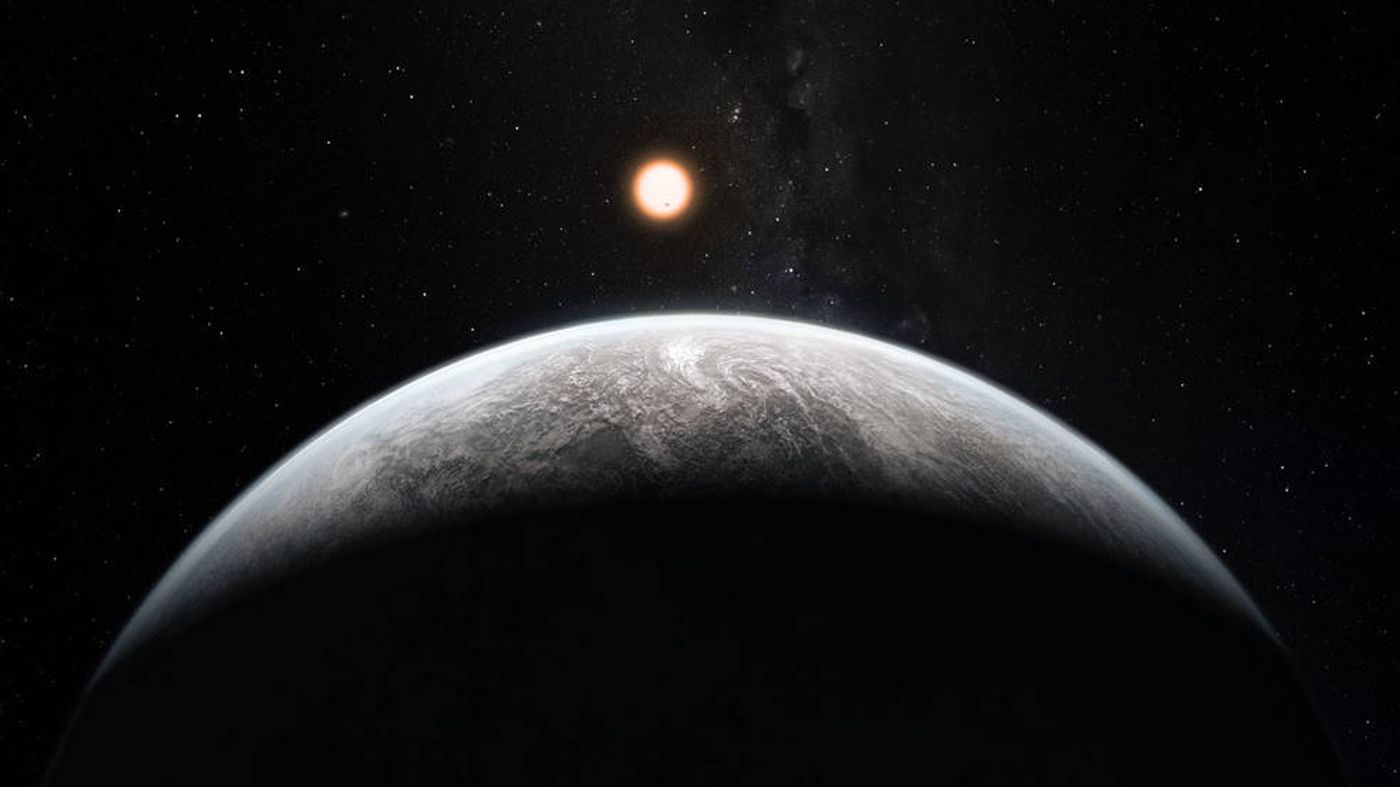Can liquid water exist for billions of years on non-Earth-like exoplanets?
In a collaborative research effort from the University of Bern, the University of Zurich, and National Centre of Competence Research (NCCR) PlanetS, a new study published in Nature Astronomy suggests that liquid water could exist for billions of years on planets that are very different from Earth. This study is compelling because it calls into question that planets need to be like our own for liquid water to exist on its surface.
As we see here on Earth, liquid water is an important prerequisite for life to develop on a planet. Therefore, scientists have long searched for Earth-like planets outside of our own solar system, also known as exoplanets, in hopes of finding life elsewhere in the cosmos. But according to this new study, the existence of long-term liquid water does not necessarily have to occur under the same circumstances as seen on the Earth.
"One of the reasons that water can be liquid on Earth is its atmosphere," said study co-author Ravit Helled, Professor of Theoretical Astrophysics at the University of Zurich and a member of the NCCR PlanetS explains. "With its natural greenhouse effect, it traps just the right amount of heat to create the right conditions for oceans, rivers and rain," Helled further explained.
In its ancient past, Earth’s atmosphere was very different than it is today, referred to as a primordial atmosphere consisting mostly of hydrogen and helium, Helled points out. However, the Earth eventually lost its primordial atmosphere over time.
The purpose of the study was to determine if planets with long-term, almost indefinite, primordial atmospheres could maintain liquid water on its surface for billions of years. To do this, the research team modeled countless planets simulating both their atmospheric and radiation development over billions of years.
"What we found is that in many cases, primordial atmospheres were lost due to intense radiation from stars, especially on planets that are close to their star. But in the cases where the atmospheres remain, the right conditions for liquid water can occur," reports Marit Mol Lous, PhD student and lead-author of the study who’s also a researcher at the University of Bern and the University of Zurich, "in cases where sufficient geothermal heat reaches the surface, radiation from a star like the Sun is not even necessary so that conditions prevail at the surface that allow the existence of liquid water."
While the study is promising, study co-author Christoph Mordasini Professor of Theoretical Astrophysics at the University of Bern and member of the NCCR PlanetS remains cautious.
"While our results are exciting, they should be considered with a grain of salt,” Mordasini explains, “For such planets to have liquid water for a long time, they have to have the right amount of atmosphere. We do not know how common that is."
With over 5000 confirmed exoplanets discovered in almost 3800 systems within our Milky Way, the hunt for Earth-like exoplanets has reached a fever pitch.
Could life survive, and even thrive, on planets dissimilar to our own? Only time will tell, and this is why we science!
As always, keep doing science & keep looking up!
Sources: Nature Astronomy, NASA









